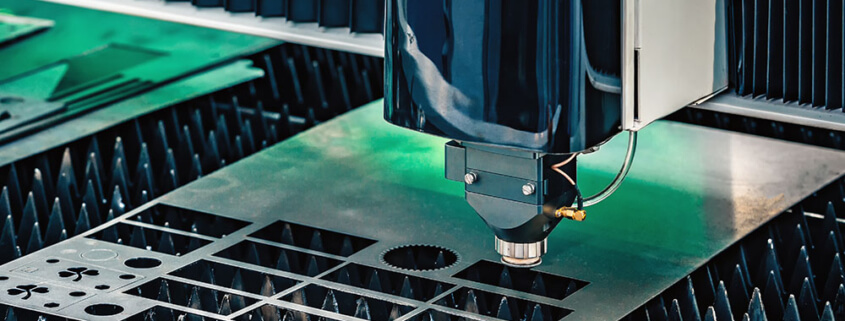INTRODUCTION:
The detection of a single analyte in a lateral flow assay or lateral flow device (LFD) is a common, low cost, rapid diagnostic assay. There is, however, a need to detect more than one analyte in a single assay to further reduce the costs and time involved in the detection of multiple analytes. A problem with multiplexed assays is that cross-reactivity may sometimes occur with the detection of more than one analyte. He, Katis, Eason, and Sones (2018) presented an innovative method to reduce the potential cross-reactivity of multiple analytes.
DISCUSSION:
The authors used a novel approach for detecting multiple analytes by using a laser direct-write (LDW) method. These laser-created multiple channels allowed for the simultaneous detection of different analytes—in this case, C-reactive protein (CRP) and serum amyloid A-1 (SAA1), which aid in the diagnosis of bacterial infections—individually within each of the parallel channels without any cross-reactivity. As illustrated in Figure 1, from their report, shows the general layout of the reaction pad for this assay.
This multiple test method required neither multiple inlets nor increased sample volumes. The laser-etched channels completely removed any interference between individual detection sites positioned within the sample channel. The laser used for the LDW process was a 405 continuouswave diode laser (MLDTM 405 nm, Cobolt AB, Stockholm, Sweden) with a maximum output power of 110 mW. The photopolymer used for creating the boundary walls between individual channels was DeSolite® 3471-3-14 (DSM Desotech, Inc, Elgin, IL, USA). The dispenser platform used for the local deposition of the photopolymer onto the substrate was a PICO® Pμlse™ dispensing system (Nordson EFD, UK). A different reagent-dispensing system, the XYZ3210 dispense platform (Biodot, Irvine, CA, USA), was used for the local deposition of antibodies onto the reaction pad for the reaction of test lines and the control line. He et al. (2018) locally deposited the capture antibodies for both test lines (CRP & SAA-1) into individual channels. The appearance or absence of a test line signifies the presence or absence of either marker in the sample. The test results detected both CRP and SAA-1 at a concentration of 50ng/mL.
CONCLUSION:
The results show the laser-patterned LFDs performed equally well as the single LFDs and did not need increased device dimensions or additional sample volumes. The multiple isolated parallel flow-paths allowed for the individual detection of different analytes in each of the separated channels without interference or cross-reaction. Although they only used two channels, there was space on the assay for additional channels (for a total of six). Their proof of concept using laser direct-write channels for LFDs shows that this may be a viable approach for multiplexing lateral flow assays.
He, P., Katis, I., Eason, R., & Sones, C. (2018). Rapid multiplexed detection on lateral-flow devices using a laser direct-write technique. Biosensors, 8(4), 97.



